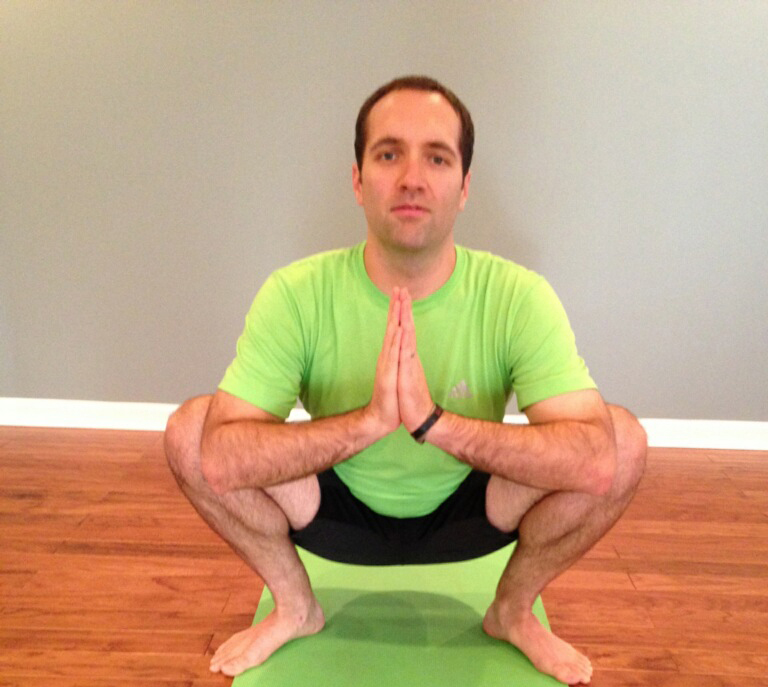
(Submitted photo)
Commentary by Sally Brown Bassett
I remember my first time to Asia and being really curious about seeing people squat. Groups of friends could be seen squatting on street corners in China just chatting away. A woman in the Hong Kong airport surprised me as she squatted and cooked a meal on the floor. Since the early 1980’s I have had this awareness while traveling around the world where squatting often takes the place of sitting or standing. Most Westerns do not use this squatting position at all except when encountering a toilet situation in a third-world country.
It is fun to watch little children play and see them often in a natural squat position. When do we lose the ability and desire to squat? The role of squat is vast. Done properly and consistently, the most noticeable benefits include:
- Keeps your pelvic and hip joints healthy
- Stretches your ankles, lower hamstrings, back and neck
- Tones your abdominals
- Aids in digestion
- Strengthens your metabolism
- Ideal for prenatal yoga
It’s easy. Stand with your feet parallel and slightly wider than your hips. As a yoga teacher, I tell my students to keep their heels on the mat and place the toes off the mat. Place your hands in prayer position at your heart. Bend your knees and lower your seat toward the floor. Keep going until your hips are lower than your knees, and keep your spine vertical. If your heels come off the floor, take your feet farther apart or place a rolled-up blanket under them for support. Straighten your spine and relax your shoulders. Hold for eight full breaths.
Squatting is a pose that grounds and centers you. It represents the epitome of balance, strength, stretch, focus, breath and internal change. It is touted as a relaxer and purifier of the entire body.

Until next time…
Namaste!



